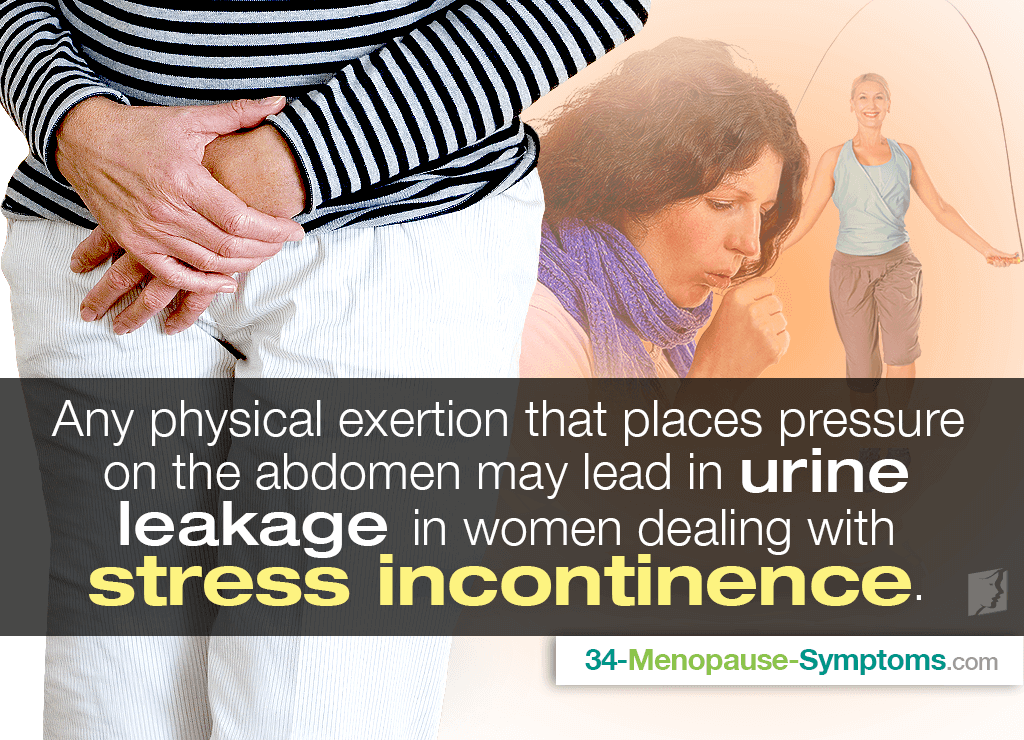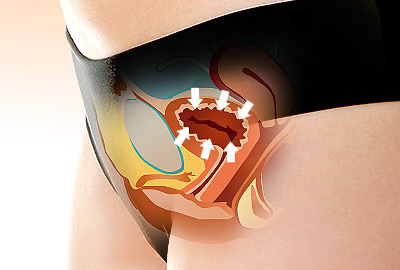Women who suffer from one of the various types of urinary incontinence may feel as if their lives have to revolve around the restroom as wandering too far from one may mean embarrassing leakages.
Continue reading to learn about the varying urinary incontinence types and what you can do to finally have a healthy relationship with your bladder.
Urge Incontinence
Urge incontinence, or overactive bladder, is a type of incontinence during which you may feel a strong need to urinate even if your bladder is empty. There is often a loss of urine before being able to reach a bathroom.
While there is frequently no identifiable cause for urge incontinence, it is common in aged adults, especially postmenopausal women. Those who suffer from overactive bladder after the menopausal transition are believed to develop the condition due to changes in the bladder lining and muscle.
Stress Incontinence
This type of urinary incontinence is not characterized by perceived stress of difficult situations or emotions in general, yet the physical strain associated with the leakage.
Any physical exertion that places pressure on the abdomen - laughing, coughing, jumping, etc. - may lead in urine leakage in those dealing with stress incontinence. The leakage happens even though the bladder muscles aren't contracting, and you may not feel the need to urinate.
Similar to urge incontinence, age is an underlying factor in this type of incontinence's development. Estrogen depletion is also believed to play a role; although, further research is needed to verify its effects on pelvic floor muscles.
Mixed Incontinence
As the name might suggest, mixed incontinence is a combination of urge and stress incontinence. Women who suffer from this incontinence type have symptoms of an overactive bladder in addition to bladder leakage from pressure on the abdomen. Age is also a common risk factor for mixed incontinence.
Overflow Incontinence
Overflow incontinence occurs when there is something obstructing the flow of urine from the bladder. In women, it most commonly happens if the bladder muscles become underactive, leading to the organ's overfilling and opening of the urethra, causing leakage. Spasms may also occur.
It is often caused by age and nerve damage - often from childbirth and past surgeries - inhibit the bladder muscle from healthily contracting. Medications that interfere with the muscle's contraction can also lead to this urinary incontinence type.
Functional Incontinence
Functional incontinence happens when illness or disabilities immobilizes you even if the urinary tract is functioning properly. This can include illnesses that make moving to the restroom difficult - arthritis, being hospitalized, etc. - or those which can make you unaware of your need to urinate, such as mental health illnesses or medications.
Reflex Incontinence
When the pelvic floor muscles contract, leading to large amounts of urine leakage without any warning or urge, this is known as reflex incontinence. This incontinence type normally surfaces in those suffering from nerve damage due to multiple sclerosis, spinal cord injuries, surgery damage, etc.
What Can I Do?
While these types of urinary incontinence can be embarrassing socially, menopausal women who are suffering from them should rest assured that incontinence treatments are widely available.
Because the depletion in hormone levels is largely to blame for incontinence in menopausal women, treatments focus on resolving the hormonal imbalance. They include the use of lifestyle changes and alternative medicines that work naturally with the body to promote optimal health and well-being.
Harried, unexpected restroom breaks don't have to keep you within eyesight of the bathroom for much longer. The relief you've been yearning for is within reach.
Sources
- The Canadian Continence Foundation. (n.d.). Different Types of Urinary Incontinence. Retrieved December 18, 2018, from http://www.canadiancontinence.ca/EN/types-of-urinary-incontinence.php
- Harvard Health Publishing. (2014). Types of urinary incontinence. Retrieved December 18, 2018, from https://www.health.harvard.edu/bladder-and-bowel/types-of-urinary-incontinence




